- Long Exposure Photography Tips and Techniques with Leanne Cole
-

Fine art photographer Leanne Cole has been shooting long exposure photographs for over 25 years and is immensely passionate about sharing her knowledge. Here she offers her professional tips on working with slow shutter speeds, as well as advice on selecting the right camera gear and settings for the job.
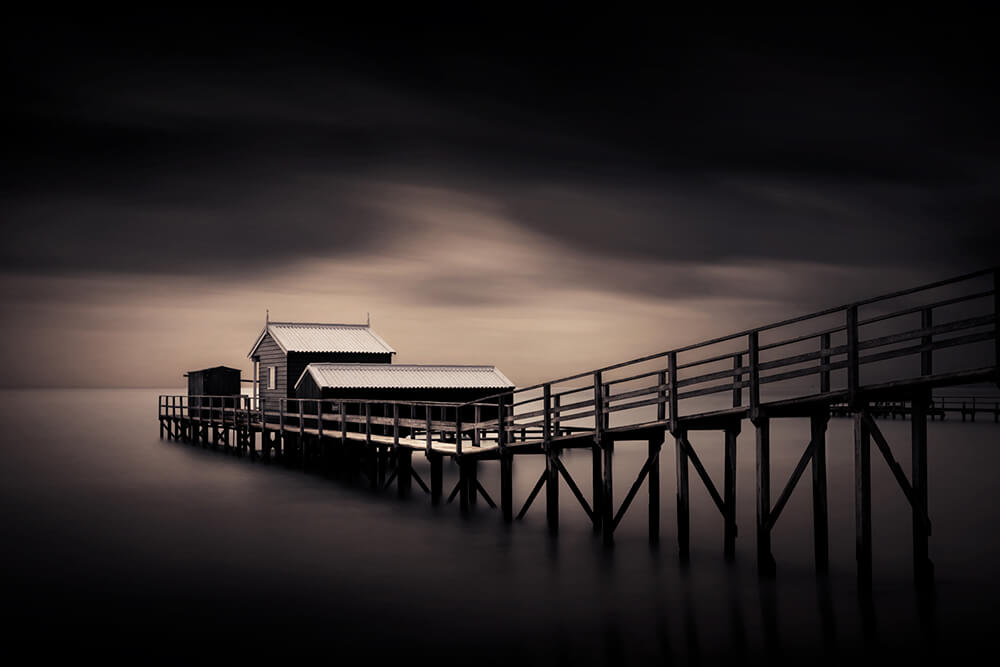
“Long exposure photographs are simply magical and show the world in a completely new and special way. It isn’t at all difficult to understand why this is one of the most addictive types of photography out there.”
Leanne Cole
Whether you’re just starting out on your photography journey, or looking to take your slow shutter speed skills to the next level, this is everything you need to know about long exposure photography.
Long exposure photography is incredibly versatile, the type of photography you can do at any time of the day or night, regardless of where you are. And there’s just something completely unique about the way the images come out, the way they capture the movement of your subjects. Roaring rivers and rolling waves become smooth and soft, while drifting clouds morph and take on on otherworldly forms. People, lights and cars become flashes of colour, or disappear entirely. Whether shooting in a city or in nature, it’s incredible to see what you can create with your camera and a good ND (neutral density) filter.
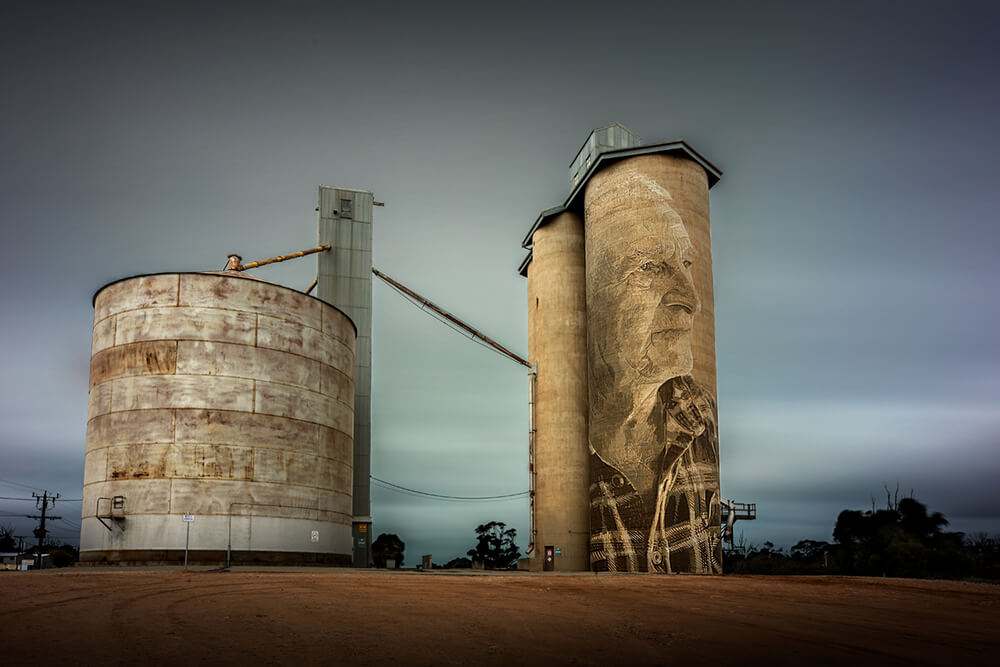
There are a few pieces of specialist gear that you need for shooting long exposure photographs. However, it’s a relatively affordable area of photography to get into as you don’t require any special lenses. Here are the essentials:
The first and most obvious piece of gear you will need for taking long exposure photos is a camera. It doesn’t necessarily have to be a DSLR, as many mirrorless cameras are capable of taking long exposures. However, it’s important that your camera gives you full manual control over your ISO, shutter speed and aperture settings. Your camera should also have a bulb setting, which will allow you to use shutter speeds longer than 30 seconds.
You can use any lens for taking long exposure photographs, although most photographers generally use wide angles lenses, which allow you to capture more of the scene. My favourite lens for long exposure photography is the Canon EF 16-35mm f/2.8 II USM Lens. It’s a great focal length to capture moving water and clouds. Note that you will need a lens that will allow you to screw an ND filter to the end of it (more on ND filters below).
One of the most important pieces of equipment you’ll need for shooting long exposure images is a sturdy tripod. There is nothing worse than going out for the day and later discovering that none of them are in focus because your tripod was swaying in the breeze. It doesn’t have to be a heavy tripod, but it should be sturdy enough to stay still for minutes at a time.
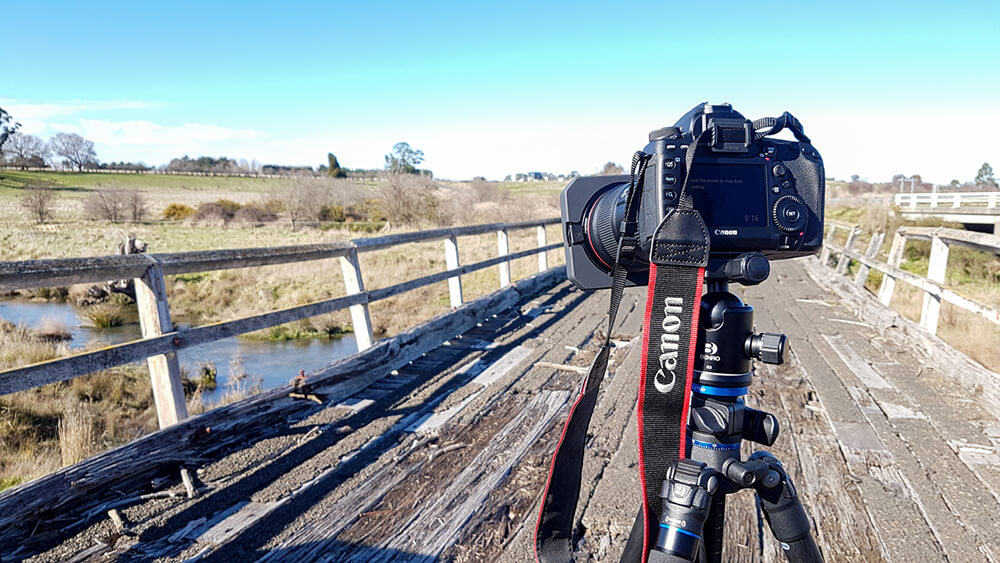
When using the bulb setting you will need to use a remote shutter release. This will allow you to open and close the shutter for the required time. Using a remote shutter release will also allow you to take your shot without touching your camera and introducing camera shake.
Many Canon cameras now have touch screens that allow you to do the same thing in Live View, so you should check your camera before investing in one unnecessarily.
A timer remote control (also known as an intervalometer or interval timer) is an alternative option that will give you greater control, allowing you to set your required exposure time without having to continuously watch your camera. It can make creating long exposures a more relaxing experience. A number of Canon cameras also have built-in intervalometers so, again, be sure to check your camera before buying one.
“The most important piece of gear to have for taking long exposure photographs is a neutral density filter (or ND filter).”
ND filters fit on the end of your lens and reduce the amount of light that enters your camera. This enables you to select long shutter speeds—even minutes at a time—in even the brightest of daylight without over-exposing your shots.
ND filters are described as being ‘neutral’ because they do not have any effect over the colour of your images. Note, however, that cheap and/or low quality ND filters sometimes do.
The amount of light that a filter cuts out is gauged in terms of density and measured in ‘stops’, with 10 stop ND filters typically being the most popular. The darker and denser the filter, the higher the stop number and the longer your exposure time will need to be.
As well as ND filters that you screw into the end of your lens, there are also other varieties that require an adaptor ring, into which the filter is placed. The most popular size for ND filter holders is the 100mm square filter. These are almost always made of glass, so you need to be careful when using or transporting them.
The holder system tends to be the most popular option as they are generally easier and quicker to remove when you want to re-compose your shot or move to a new location. The screw on filters are less popular as they take longer to attach and detach.
There are no set rules as to when you should or shouldn’t use an ND filter, but the following are examples of scenes and subjects that look great when shot with long exposure times.
Whether it be a river, lake, bathtub or ocean, photographing water with a long exposure of two or three seconds, or even two or three minutes, will smooth out any ripples and create a truly unique look. You can also use ND filters to show exposures of 20 seconds or even a few minutes to capture the movement of the water. Long exposures are perfect for photographing waves crashing onto the beach or rocks, and waterfalls always look incredible.
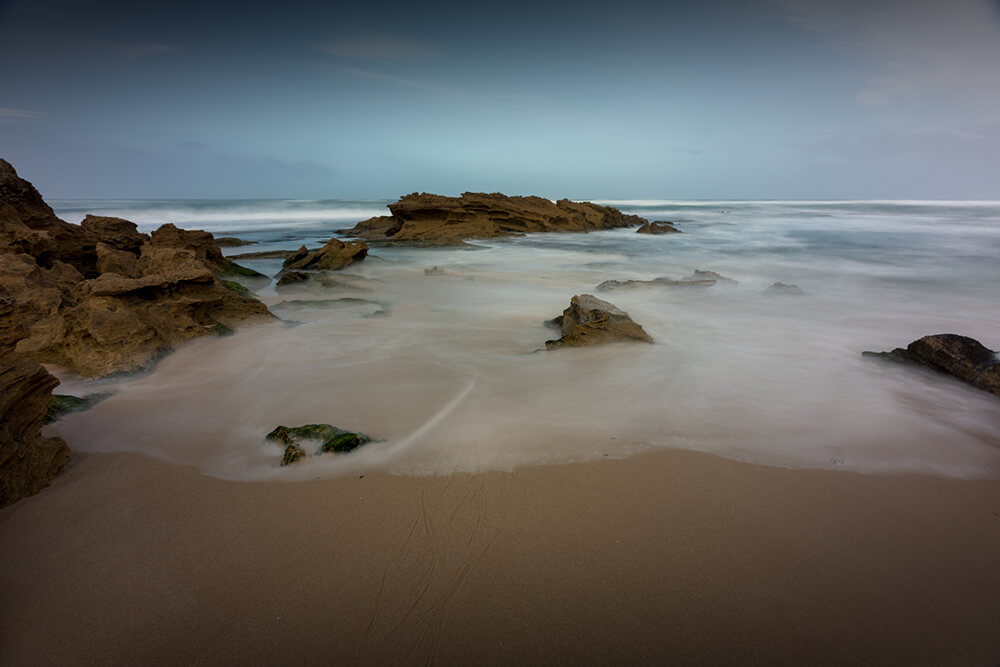
Clouds are fantastic subjects for long exposures. You can see them streaking through the sky. They give your images a timeless feel and add an extra level of drama to architecture shots and cityscapes.
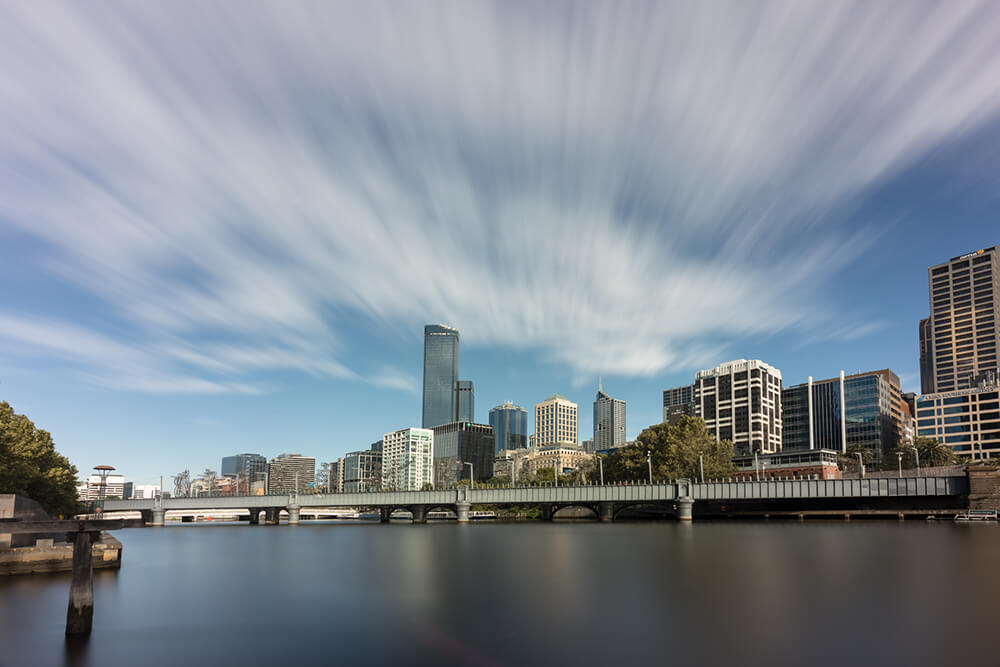
Long exposure photos of large crowds, whether it be on a busy street or a train station, have an almost theatrical aesthetic. Adjusting your exposure time can result in all sorts of weird and wonderful looks, from ghostly forms to really artistic blurs. A really long exposure will can remove people from your scene altogether. You never quite know what you’ll get, which makes it all the more exciting.
The first thing you need to do when planning your long exposure photography shoot is work out what you are going to photograph.
When choosing a scene for your long exposure photo shoot, remember to look for movement. Any type of water will work well, as will cloudy skies, busy streets and illuminated cityscapes.
Always use the lowest ISO your camera is capable of. For most cameras this will be ISO 100. If you increase ISO you will start to introduce noise into your images.
When shooting long exposures your aperture should be between f/8 and f/14, as this will give you the sharpest images. It’s easy to think that you should use something like f/22, but this will not give you the sharpest results. You can also play around with your aperture from shot to shot if you feel you need more or less light.
Ideally your shutter speed should be set to ‘Bulb Mode’, which is built in to select Canon Cameras. If your camera doesn’t have a dedicated Bulb mode then switch your camera to Manual mode and change the shutter speed to bulb there. Bulb is the only setting that will allow you to take photos for longer than 30 seconds. Additionally, Bulb Timer mode built in to selected models enables you to take several images at the length of exposure that you choose.
As your experience grows you will get better at working it out simply by looking at a scene and knowing roughly how much time you’ll need. There is always some experimenting at the start of a session, but once you have the time worked out you can usually just leave it there. Most of the time you will be shooting long exposures of around two to three minutes.
Set up your tripod and make sure your camera is firmly locked in. If you’re using a remote shutter release or intervalometer then remember to connect it to your camera.
You’ll need filters of varying densities depending on the time of day and how much available light there is. A 10 stop ND filter is typically great for early morning and later in the day, but you normally need something darker for shooting during the brightest daylight hours. I usually select my filter according to the available light, regardless of the time of day. My eyes are very sensitive to light, so if I need my sunglasses then I know I need a darker ND filter.
Compose your image and get in focus. Many cameras struggle to focus through ND filters so it’s best do focus manually. Once you are set up, put your eyepiece cover over the viewfinder, as light can come in between it and add an unwanted magenta rectangle to your images. You are ready to open the shutter and make your image!
Study each of your images and see if you need to increase or decrease the exposure time, or maybe change the ND filter. You can also make your image lighter or darker by adjusting your aperture. If you use f/14, for example, and the image is too dark, you can try changing it to f/10 and trying again. Play around with your settings after each shot until you find the perfect balance.
You should also adjust your settings depending on how much movement you want to capture. If, for example, you want to capture flowing water then a 10 stop ND filter in the middle of the day may give you a two to three seconds. The key is to keep experimenting.
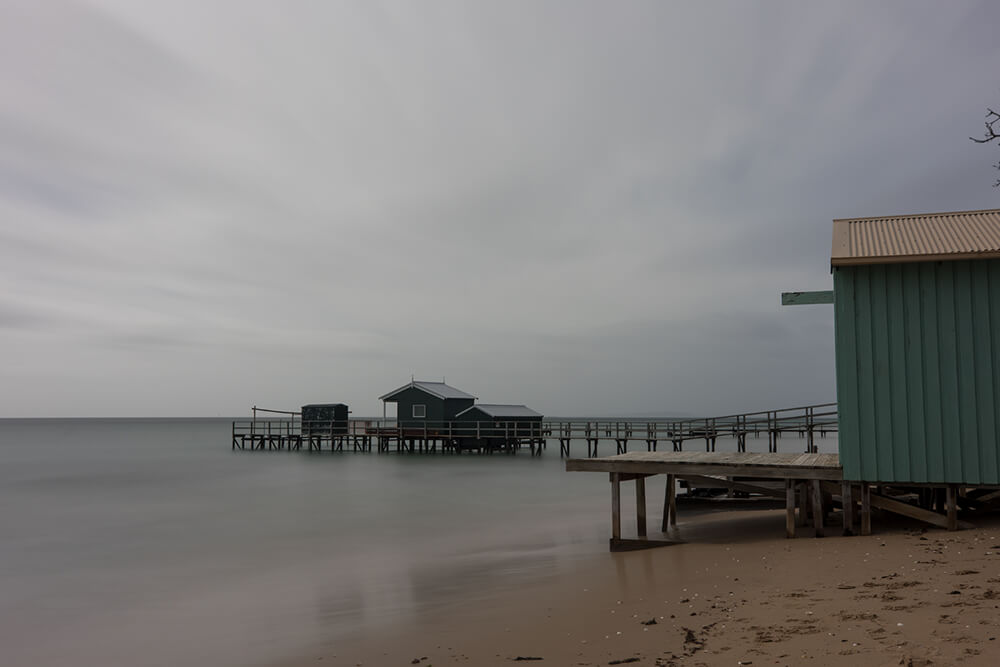
You can edit your long exposures photos with any post-processing software. Many photographers use Canon’s Digital Photo Professional software, Lightroom and/or Photoshop. How you edit your photos will depend on your personal taste, but you will generally want to bump up your contrast, decrease your highlights to get some detail in the whites and add a little noise reduction as it’s common to end up with noise when shooting long exposures. Again, experiment and see what you end up with. Develop your style and try to add your own personality to your images.
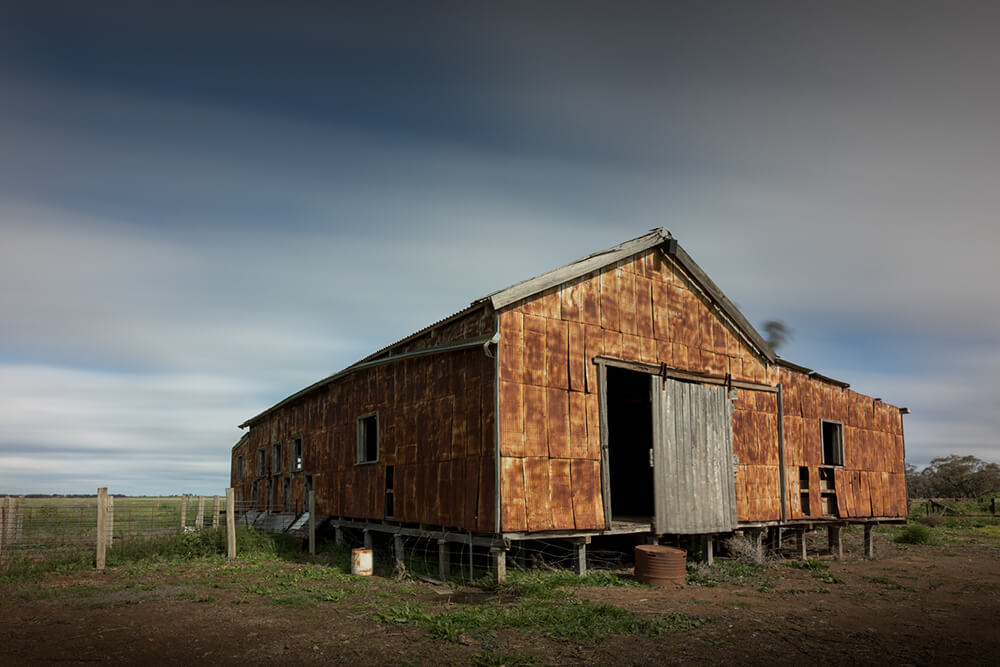
This may all seem like a lot of information to consider, but once you’ve got a few long exposure shoots under your belt it will naturally all come together. You may even find yourself addicted! Get yourself some good quality ND filters, find some great flowing water, clouds or cityscapes to capture and away you go!
Follow Leanne Cole on Instagram to see more of her awe-inspiring long exposure photographs.

Vivid Sydney is back for 2024! Local photographer, Elisa Eves & Canon Ambassador Wil Calabio share photography tips and best locations to help you capture the festival of light.

See 10 of the most celebrated images of 2021 captured by the Canon Community.

See how Photography Master, Daniel Linnet, works with Speedlites to get the perfect well-lit photograph.